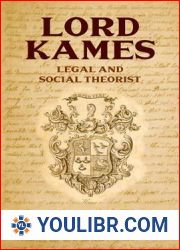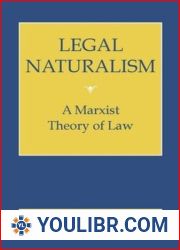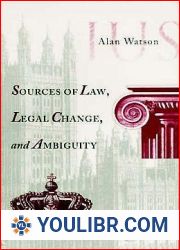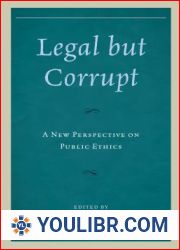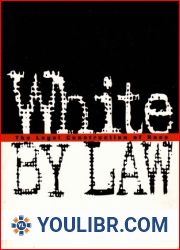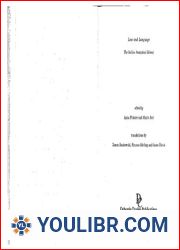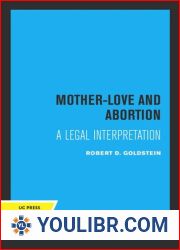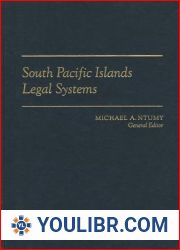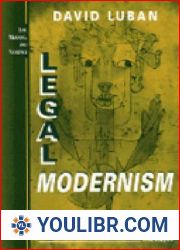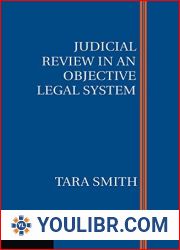
BOOKS - European Court of Justice Legal Reasoning in Context

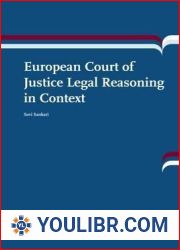
US $6.50

762407

762407
European Court of Justice Legal Reasoning in Context
Author: Suvi Sankari
Year: January 31, 2013
Format: PDF
File size: PDF 1.7 MB
Language: English
Year: January 31, 2013
Format: PDF
File size: PDF 1.7 MB
Language: English
The task of the European Court of Justice is to ensure that the law is observed in interpreting and applying treaties. This duty is carried out in a transnational constitutional environment where interpretation and application are, to a large extent, divorced from each other. An array of approaches to assessing the Court's work already exists. The distinct underlying assumptions of each perspective affect how Court practice is interpreted and evaluated. In terms of legal interpretation, at the one extreme would be those who subscribe to a historical-originalist - or conserving - approach, and, at the other, those subscribing to an uncritically teleological or dynamic approach, premised on furthering integration. Neither extreme necessarily reflects, in either descriptive or normative terms, a fair or realistic understanding of the Court, its work, and the outcomes of legal interpretation. Even if, in reality, the differences were more a matter of degree, developing a better balanced approach is useful. The approach advocated in this book is called Court of Justice legal reasoning. The approach is critical towards offering generalizations concerning the Court's work based on purposively chosen case law, downplaying the role of law in not only facilitating but also restraining the Court's choices, and overemphasizing teleology or integration as pre-designated and permanent explanatory factors of legal evolution. The Court of Justice legal reasoning approach is firmly anchored to actual case law analysis, instead of abstract legal theory, which ensures it does not become wholly disconnected from the everyday of courts. Moreover, the approach takes into account how the Court keeps applying its relatively conventional self-assumed criteria of legal interpretation, considers interpretations offered in preliminary rulings in their systemic and factual context, and generally views the Court as the constitutional court of a legal order. Finally, the approach builds on sincerely listening to the Court: considering the meaning of silences in reasoning, ways of restrictive interpretation, and the distinction between singular cases and lines of cases in defining the degree of universality of interpretations included in them.








